Mini Brass Buttons in Shade
brooklynbonnie
9 years ago
Featured Answer
Sort by:Oldest
Comments (15)
mistascott
9 years agolast modified: 9 years agobrooklynbonnie
9 years agolast modified: 9 years agoRelated Professionals
Hyattsville Landscape Architects & Landscape Designers · Oatfield Landscape Architects & Landscape Designers · Suffern Landscape Architects & Landscape Designers · Williamsburg Landscape Contractors · Dedham Landscape Contractors · Gloucester Landscape Contractors · Mission Landscape Contractors · New Braunfels Landscape Contractors · Palm Beach Gardens Landscape Contractors · The Woodlands Landscape Contractors · Casselberry Landscape Contractors · Clearfield Landscape Contractors · Laurel Siding & Exteriors · Fairfax Siding & Exteriors · Somersworth Siding & Exteriorsbrooklynbonnie
9 years agolast modified: 9 years agobrooklynbonnie
9 years agolast modified: 9 years agobrooklynbonnie
9 years agolast modified: 9 years agobrooklynbonnie
9 years agolast modified: 9 years agobrooklynbonnie
9 years agolast modified: 9 years agobrooklynbonnie
9 years agolast modified: 9 years agobrooklynbonnie
9 years agolast modified: 9 years agobrooklynbonnie
9 years agolast modified: 9 years agofour (9B near 9A)
9 years agolast modified: 9 years agobrooklynbonnie
8 years agoMark McKelvy
8 years agogardengal48 (PNW Z8/9)
8 years ago
Related Stories
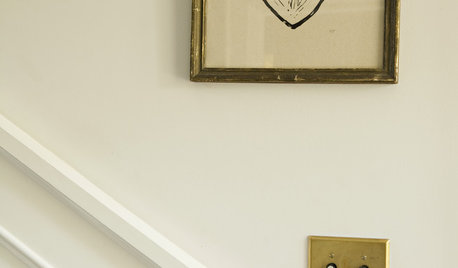
DECORATING GUIDESHomeowners Are Flipping for Push-Button Light Switches
Button-style switches are hot off the presses again, making news in new homes and antique remodels
Full Story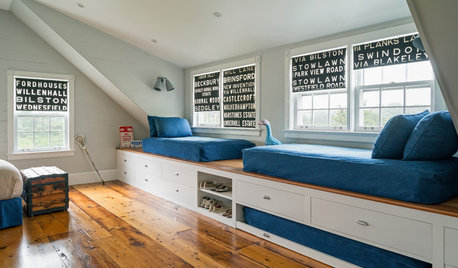
WINDOW TREATMENTSRoller Shades Raise the Curtain on Style
The humble window treatment is stealing the scene with fresh patterns, color and pizzazz
Full Story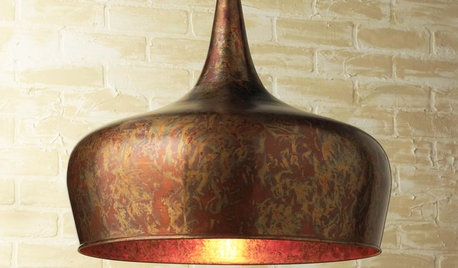
PRODUCT PICKSGuest Picks: Gilding the Lighting
Get your subtle-shine fix with pendants, sconces and floor lamps in antiqued brass or other warm metals
Full Story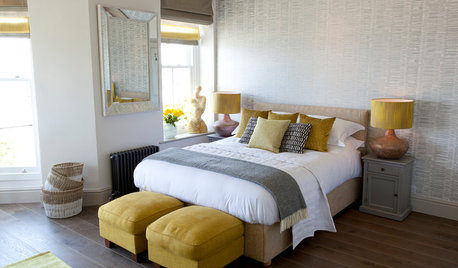
DECORATING GUIDES6 Decorating Duos to Consider Now
Mustard, brushed brass, geometrics and more: Learn how to mix and match this year’s design trends like a pro
Full Story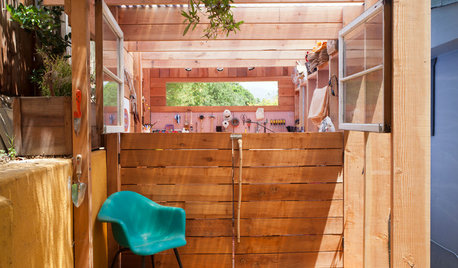
STUDIOS AND WORKSHOPSA Compact Shed Makes Room for Storage, Creativity and Style
With a tidy workspace, neatly hidden trash cans and even a mini patio, this inspired shed meets everything on a creative couple's wish list
Full Story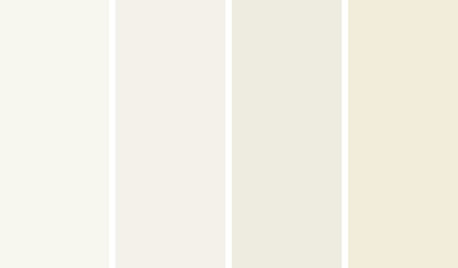
COLORColor of the Year: Off-White Is On Trend for 2016
See why four paint brands have chosen a shade of white as their hot hue for the new year
Full Story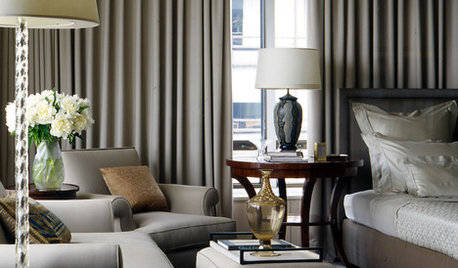
WINDOW TREATMENTSBedroom Window Treatments to Block the Light
Sleep tight with curtains, shades and more designed to keep out bright rays while letting stylishness in
Full Story
LIGHTING9 Reasons to Pick a Patterned Lampshade
Is a solid shade blocking your room’s potential? Consider a light fixture dressed more decoratively
Full Story
COLOR10 Pretty Ways to Refresh a Gray Palette
Energize your favorite gray shades with pick-me-up accents as fresh as a spring day
Full StoryMore Discussions






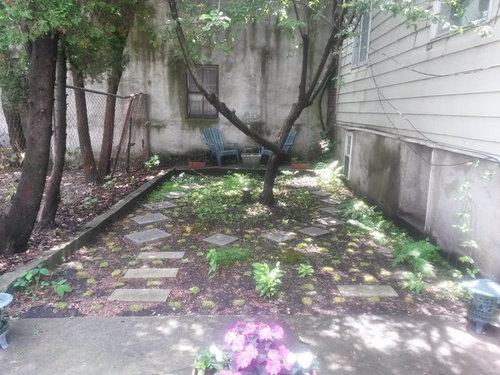
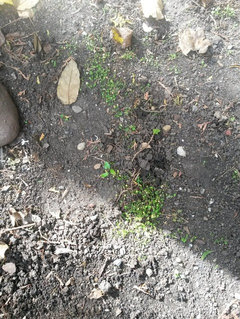
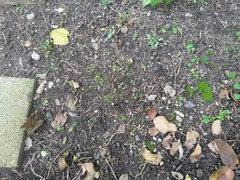

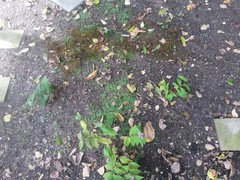

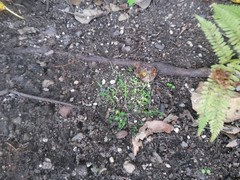

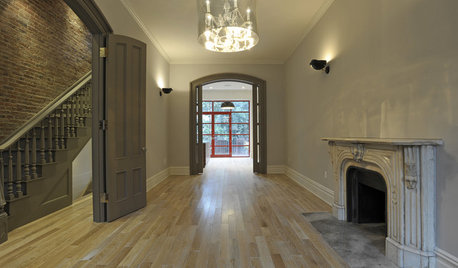
gardengal48 (PNW Z8/9)